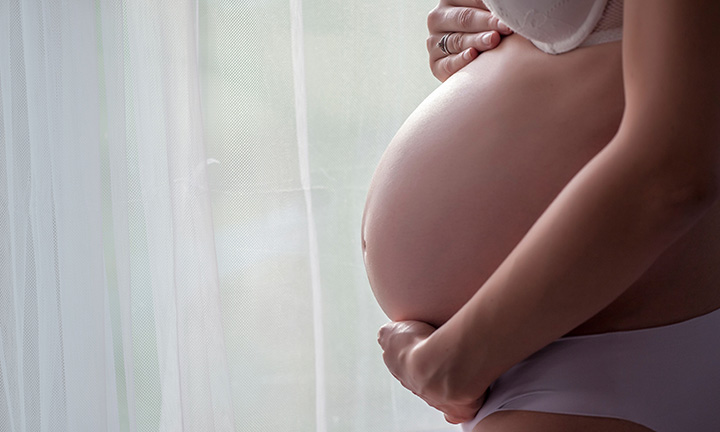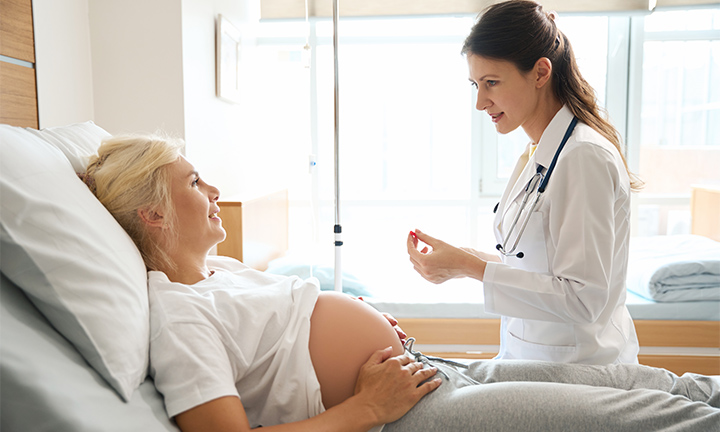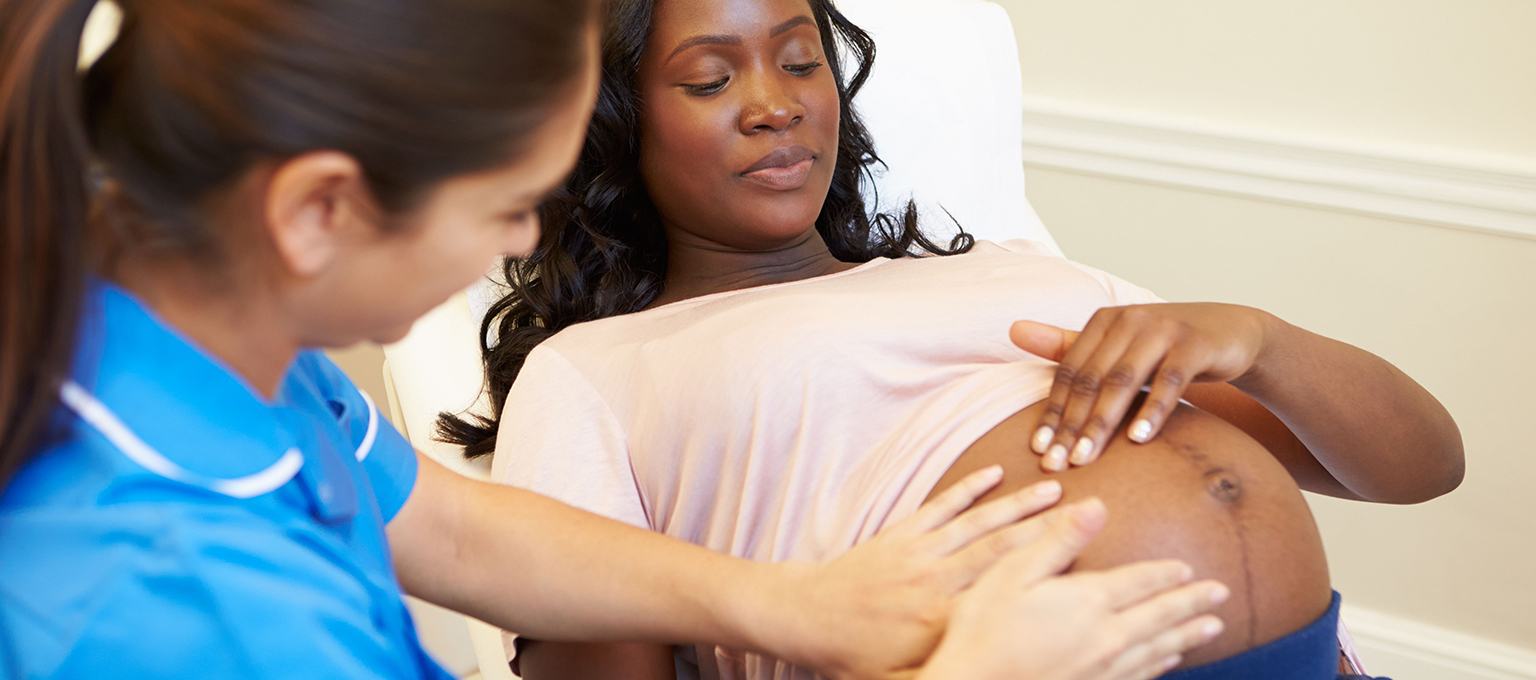
All About the Stages of Labor and Delivery
As you near the end of your pregnancy, you may be curious about the various stages of labor and delivery and what lies ahead. How many stages of labor are there and what should you anticipate? It turns out that each of the three stages of labor (with four phases in total) is a different experience, as is the transition between them. Read on to learn more about the first, second, and third stages of labor, and in which of these you’ll meet your new baby!
How Many Stages of Labor Are There?
Childbirth, which consists of labor and delivery, is divided up into several phases. Many parents-to-be wonder how many stages of labor there are; are there three or four? This can be tricky to keep straight, but there are three labor stages, with the first stage divided into two phases:
Below we’ll go into depth regarding each stage of labor and delivery so you get a better idea of what to anticipate. Just remember that every birth is unique, so what is considered a typical labor and delivery might not be exactly what you’ll experience. You may also want to check out some tips and advice to help prepare for labor and delivery.
What Is the First Stage of Labor (Stage 1)?
The first stage of labor has two phases: early labor and active labor. When does labor start? It’s difficult to pinpoint the exact start of labor, but it’s typically when you’re timing contractions and find that they are occurring every 5 to 15 minutes, lasting around 60 to 90 seconds. As for early labor vs. active labor, the transition between these phases usually happens once you’re dilated to 6 centimeters. Though there’s no stage called “prelabor,” you can consider early signs of labor, such as having contractions that are shorter and set further apart, to be the time before labor officially begins.
What Is Early Labor?
Early labor is when your contractions start to occur at regular intervals and your cervix experiences dilation and effacement. It’s the start of the birth process, and you’re probably not at the hospital yet. In early labor, your contractions
As early labor progresses, those contractions will get closer and closer together. You might not know what contractions feel like if you’ve never experienced them before, so you may not know what to anticipate. Unlike Braxton Hicks, which are false contractions, true contractions feel like pain or pressure and occur like this:
So, how long does early labor last? The first stage of labor tends to last the longest. No two pregnancies are the same, so it’s helpful to consider the entire first stage of labor as one interval. If this is your first delivery, the average labor time for this phase is 6 to 12 hours. It can be longer, of course, lasting up to 20 hours for first timers.
If you’ve given birth before, labor tends to be a little shorter but could still last up to 14 hours.
Early Labor: What Can You Do?
As far as stages of birth go, this initial phase of labor is an exciting time. It’s when everything starts to feel real! So, what can you do to support yourself during early labor? Here are a few ideas:
What Is Active Labor?
After this first stage of labor comes the transition to active labor. When does it start? Though everyone is different, the signs of active labor are when your
When these three conditions occur, it could be time to head to the hospital or birth center. That’s because during active labor, things can move quickly, and your cervix dilates rapidly during this labor stage.
Before you check in, the staff will determine whether you're in true active labor by taking steps such as tracking the timing of your contractions or performing a pelvic exam. Your medical team will also be checking your vital signs, your baby’s position, and your little one’s heart rate.
Though one of the most important active labor signs is dilation of 6 centimeters, it’s during this labor stage that your cervix will continue to dilate to 10 centimeters. Active labor can last as little as four hours or as long as eight hours or more. Other signs of active labor include:
Active Labor: What Can You Do?
The process of giving birth, especially during active labor, can be a waiting game. You’re waiting for your cervix to be 10 centimeters dilated before you can move on to the second stage of labor, which is pushing and delivery. So, what can you do during these active labor hours? After checking with your healthcare provider and getting the OK, you could do the following:
What Is the Second Stage of Labor (Stage 2)?
During which stage of labor is the fetus delivered, many parents-to-be wonder? That would be stage 2—surely the most exciting phase of giving birth! This birth stage includes pushing and delivery and begins when you’re 10 centimeters dilated and labor pains intensify. As every labor experience is different, it's a good idea to discuss pain management with your healthcare provider beforehand, such as when you're preparing your birth plan.
If you’re having a vaginal birth, you'll know it’s time to start pushing when
Though this stage of labor is often shorter than the first stage, lasting anywhere from mere minutes to two or three hours, it’s intense. If you’re a first-time parent pushing for more than three hours, or if you’ve given birth before and pushing for more than two hours, your healthcare provider may suggest
However, if you opt for an epidural, this stage may be allowed to go on longer without the interventions listed above, as long as your body is making progress.
Second Stage of Labor: What Can You Do?
Unlike the first labor stage, this phase is all about pushing, so you’ll be with your healthcare provider and medical team (and labor partner if you opt to have one), settled in your desired delivery position while listening to their instructions. Here’s how stage 2 of the birth process typically goes:
What Is the Third Stage of Labor (Stage 3)?
Stage 3, the last stage of labor and delivery, occurs when your baby is fully delivered, and it’s time to push out the placenta. In terms of what to expect after giving birth, this labor stage, which is the shortest stage, could last up to about 30 minutes or so. You’ll still feel contractions but they’ll be far less painful and much closer together. Their purpose is to help the placenta detach from your uterus.
How Long Does Labor Last?
How long does it take to push a baby out? What’s the average delivery time for a first baby? Again, every pregnancy and labor experience is different, so the duration of the three stages of labor and the total amount of time involved will vary from person to person.
However, there are some general timing ranges to keep in mind to help you prepare and know what to anticipate.
The American College of Obstetricians and Gynecologists offers the following estimations:
Remember, no matter how long it takes, in the end you’ll still meet your little one!
Stages of Labor Chart and Timeline
Here’s a timeline and easy-to-read chart to help explain the three stages of labor. You can also download a copy to have the information readily available for when you need it.
FAQS AT A GLANCE
The three stages of labor are as follows:
- First stage of labor: early labor and active labor
- Second stage of labor: pushing and delivery
- Third stage of labor: delivering the placenta.
The Bottom Line
As you get ready for delivery, it helps to know a little more about each of the three stages of labor. Though everyone is different, you can at least get a better idea of what each stage entails, what you can do during the stage, what to expect from your healthcare provider, and what your labor partner can do to help. We hope this article gives you some peace of mind, knowing your little one will eventually be on their way!
In the meantime, enjoy those final moments of pregnancy. As you prepare for your baby’s arrival, don’t forget to sign up for the Pampers Rewards app, where you can get savings on what every parent needs: diapers and wipes.
- American College of Obstetricians and Gynecologists. Your Pregnancy and Childbirth: Month to Month, 7th ed. (Washington, DC: American College of Obstetricians and Gynecologists, 2021).
Read more about Pregnancy
Related Articles
Join a World of Support
through Pregnancy and Parenthood.
TRACK WITH TOOLS
LEARN WITH EXPERTS
GET REWARDED















